L Hitchman
A Mixed Methods Feasibility Study of Extracorporeal Shockwave Therapy for Diabetic Foot Ulcers
Hitchman, L; Totty, J; Lathan, R; Sidapra, M; Smith, G; Carradice, D; Chetter, I
Authors
Mr Josh Totty J.Totty@hull.ac.uk
NIHR Clinical Lecturer in Plastic Surgery
R Lathan
M Sidapra
Mr George Smith George.Smith@hull.ac.uk
Senior Lecturer
Professor Daniel Carradice D.Carradice@hull.ac.uk
Senior Lecturer in Vascular and Endovascular Surgery
Professor Ian Chetter I.Chetter@hull.ac.uk
Professor of Vascular Surgery
Abstract
Aim
The purpose of this mixed methods feasibility study was to assess the feasibility of delivering ESWT to patients with DFUs. It also aimed to explore any potential clinical effect of ESWT on wound healing and investigate whether ESWT may offer any patient reported benefits.
Method
A single centre mixed methods feasibility study. Patients with a DFU who met the eligibility criteria underwent ESWT 3 times in over 7 days. Primary outcome was feasibility of delivering the intervention. Secondary outcomes included wound size, number of DFU healed at 12 weeks and quality of life. Semi-structured interviews explored participants experience of undergoing ESWT.
Results
22.6% (24/106) of patients screened were recruited. The mean attendance to clinic was 90.9% and 65.1% to follow up. The mean score for acceptability and tolerability was 9.86 (SD 0.48, 95% CI 9.62-10.01) and 9.15 (SD 2.57, 95% CI 7.87-10.42) respectively. There were no serious adverse events or side effects. 45.5% of DFU healed during follow up and quality of life scores improved until 8 weeks. Key themes identified from the qualitative interviews were desire for the fast healing, improved quality of life, new treatments must be flexible and accessible on transport.
Conclusions
This study has shown it is possible to recruit and retain patents into this research. This study supports development of a large randomised control trial to determine the clinical and cost effectiveness of ESWT for DFU healing.
Citation
Hitchman, L., Totty, J., Lathan, R., Sidapra, M., Smith, G., Carradice, D., & Chetter, I. A Mixed Methods Feasibility Study of Extracorporeal Shockwave Therapy for Diabetic Foot Ulcers
| Presentation Conference Type | Conference Abstract |
|---|---|
| Acceptance Date | Sep 10, 2021 |
| Online Publication Date | Oct 12, 2021 |
| Publication Date | 2021-09 |
| Deposit Date | Apr 26, 2022 |
| Print ISSN | 0007-1323 |
| Publisher | Wiley |
| Peer Reviewed | Peer Reviewed |
| Volume | 108 |
| Issue | supp.6 |
| Article Number | 1031 |
| DOI | https://doi.org/10.1093/bjs/znab259.1127 |
| Keywords | Diabetic foot ulcer; Cost effectiveness; Follow-up; Randomization; Wound healing; Quality of life; Quality improvement; Extracorporeal shockwave therapy; Adverse event; Patents; Primary outcome measure |
| Public URL | https://hull-repository.worktribe.com/output/3984165 |
You might also like
Do we need a UK vascular journal? Survey of multidisciplinary UK vascular specialists
(2021)
Journal Article
